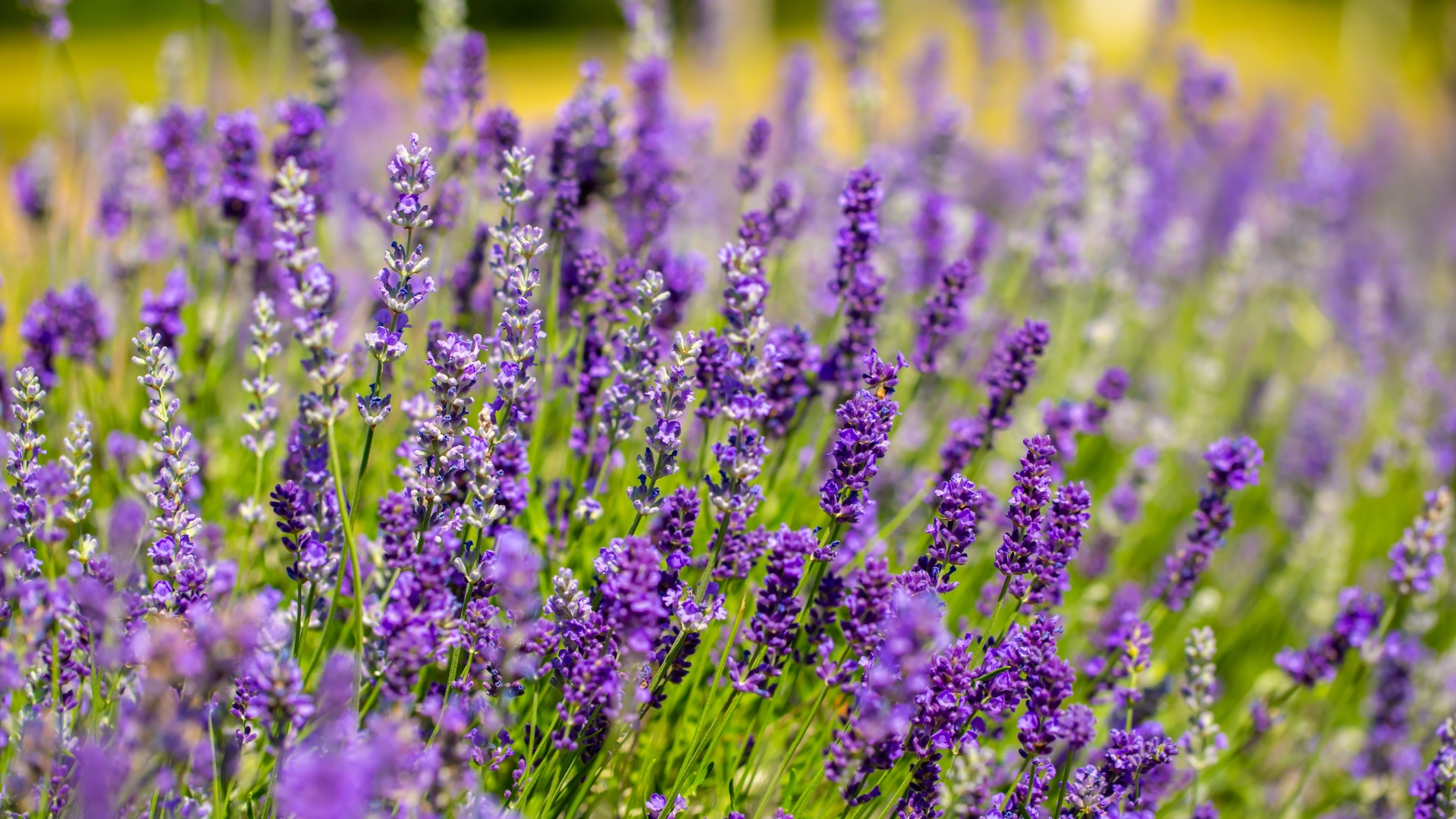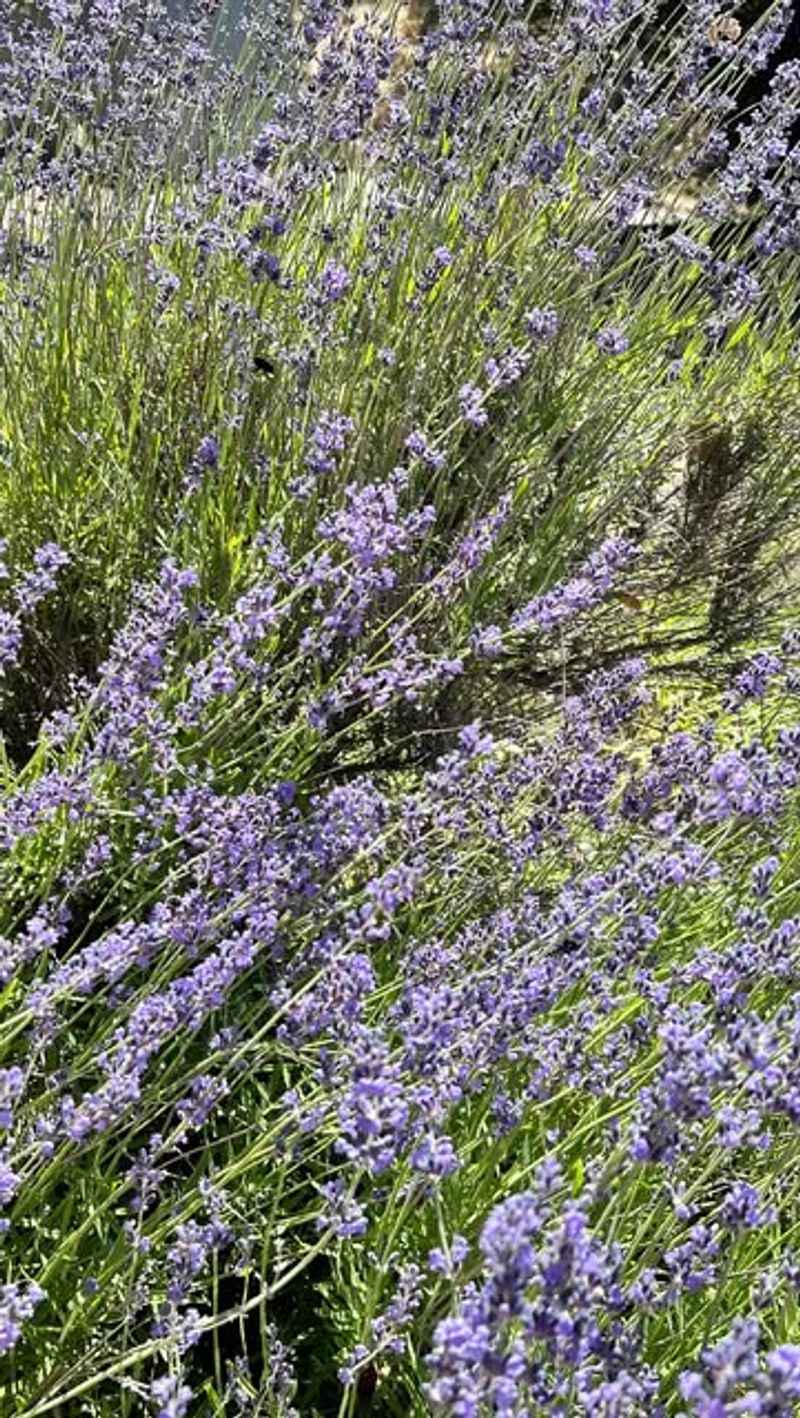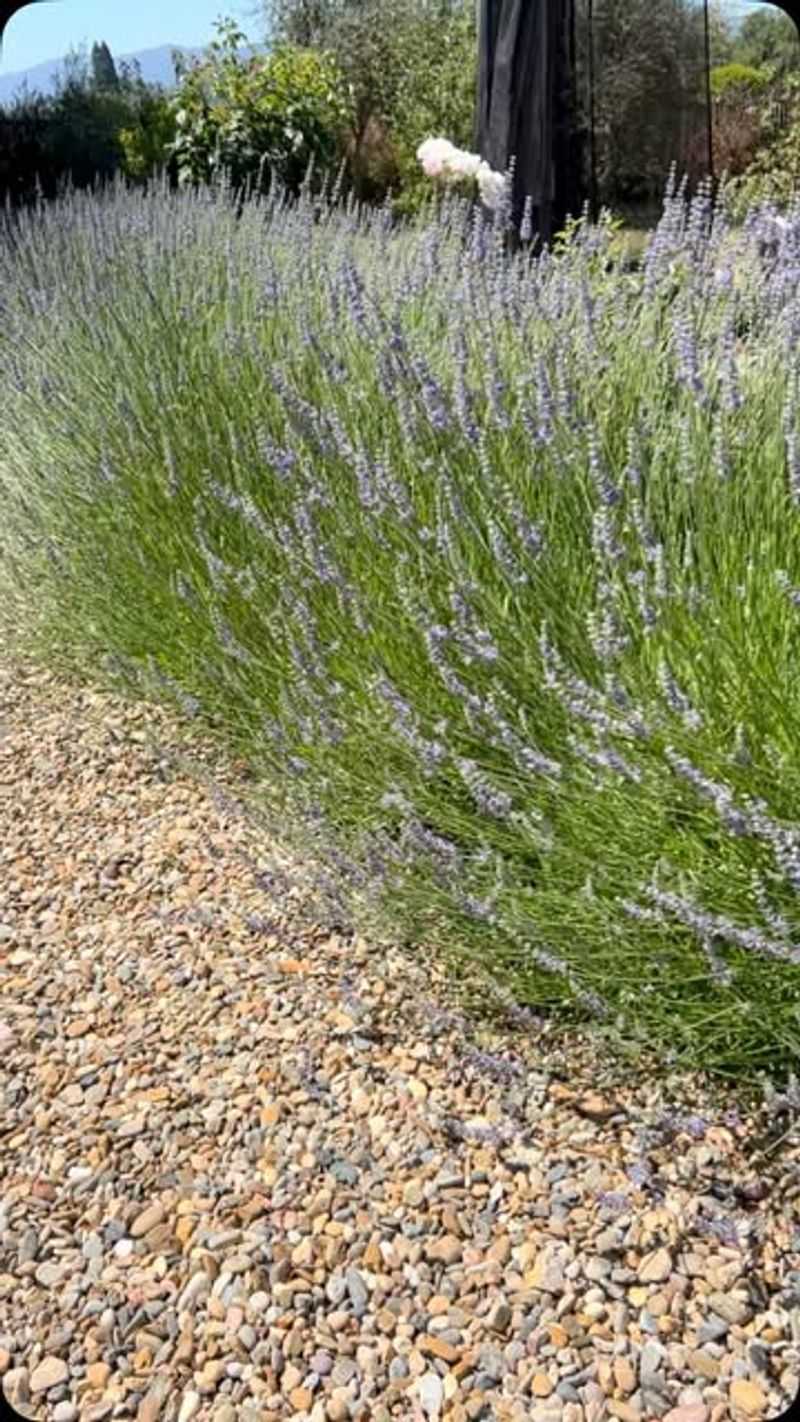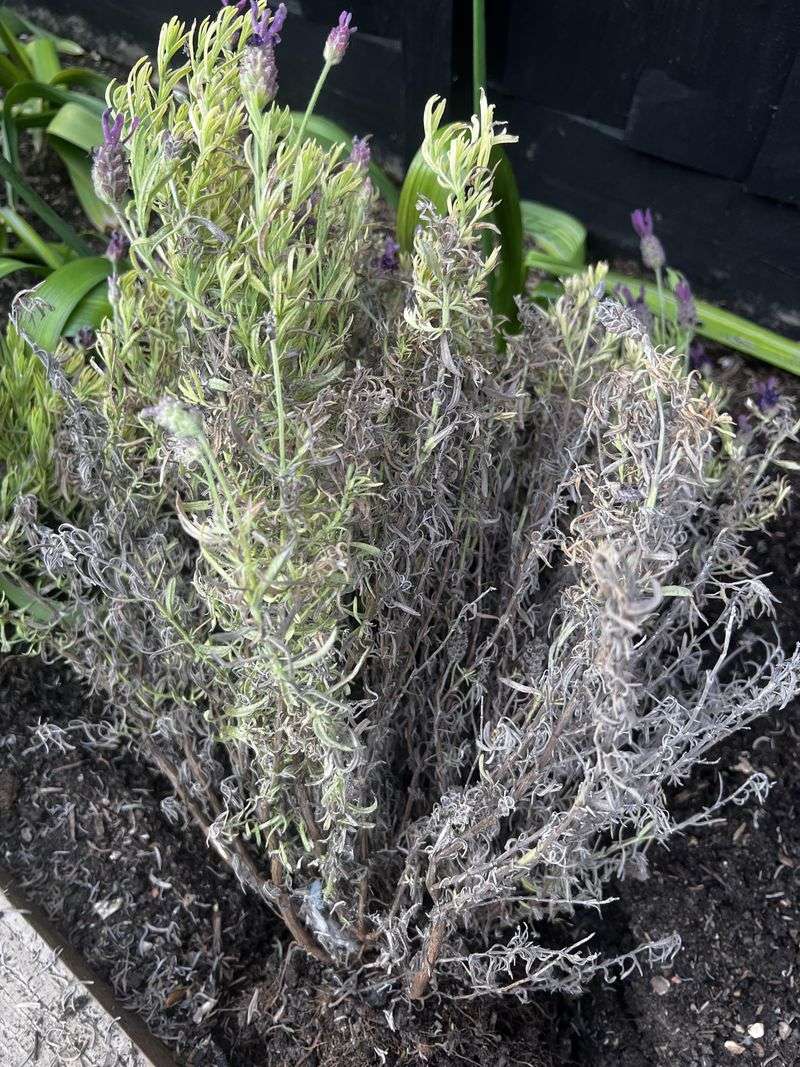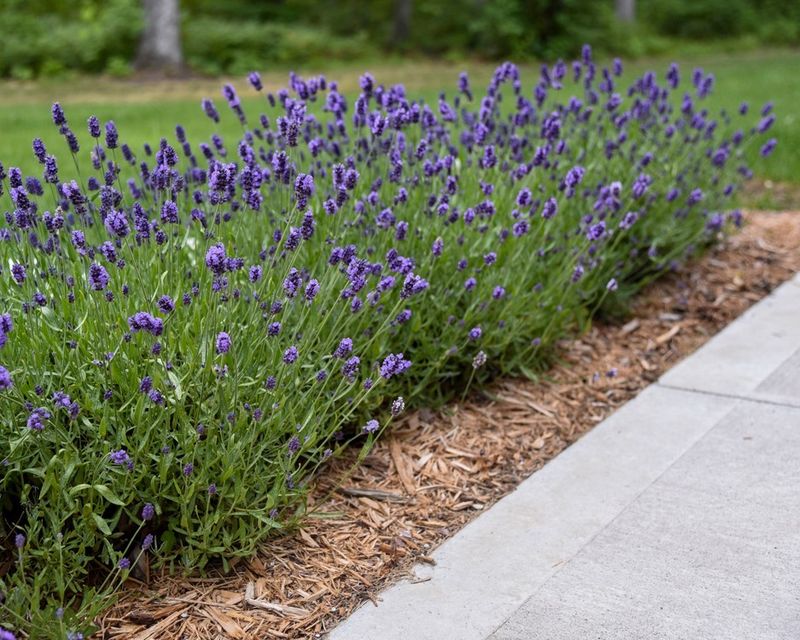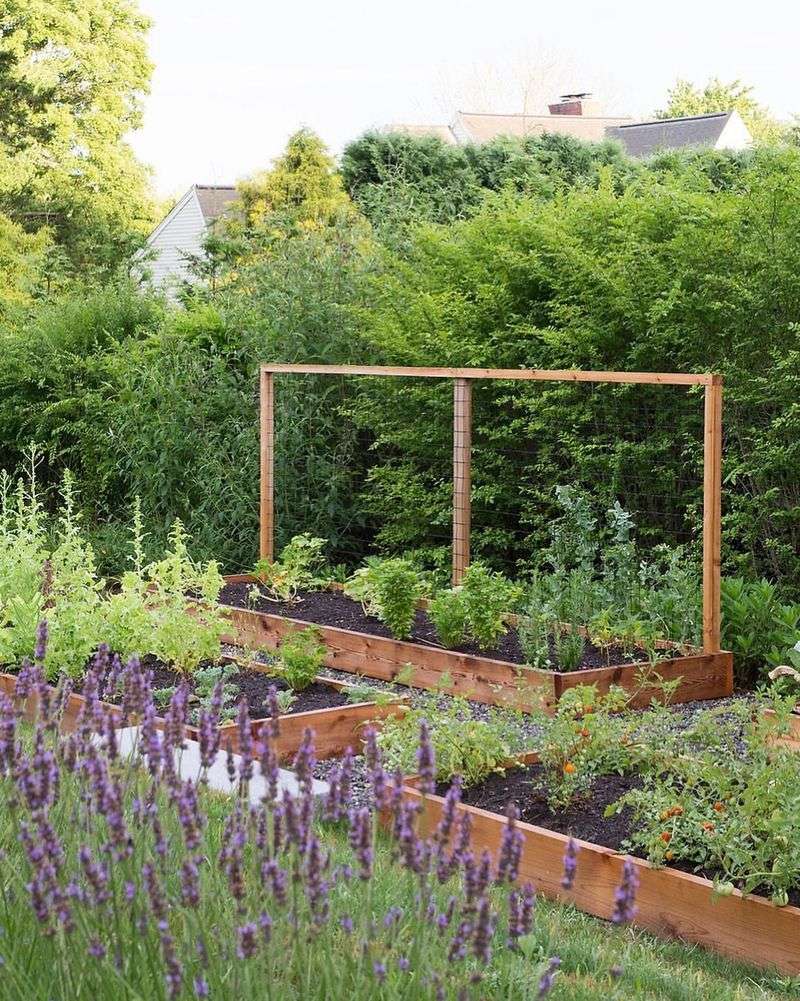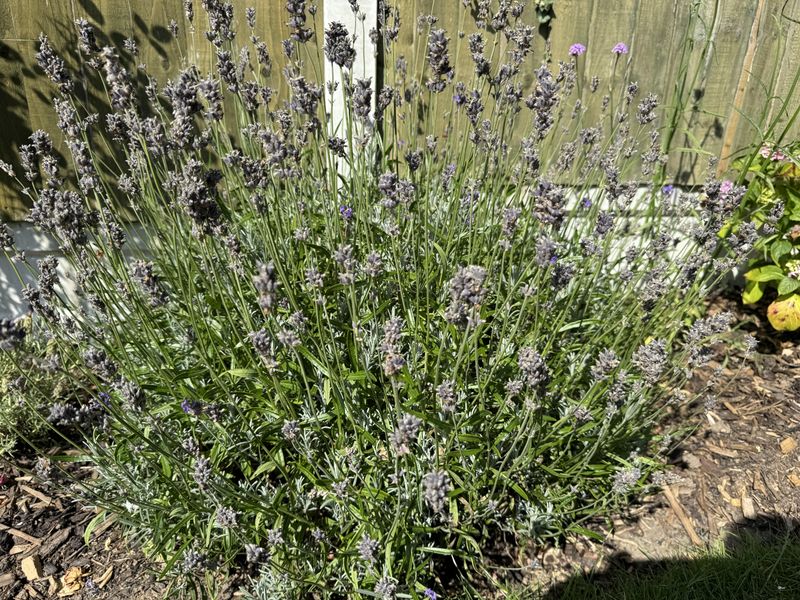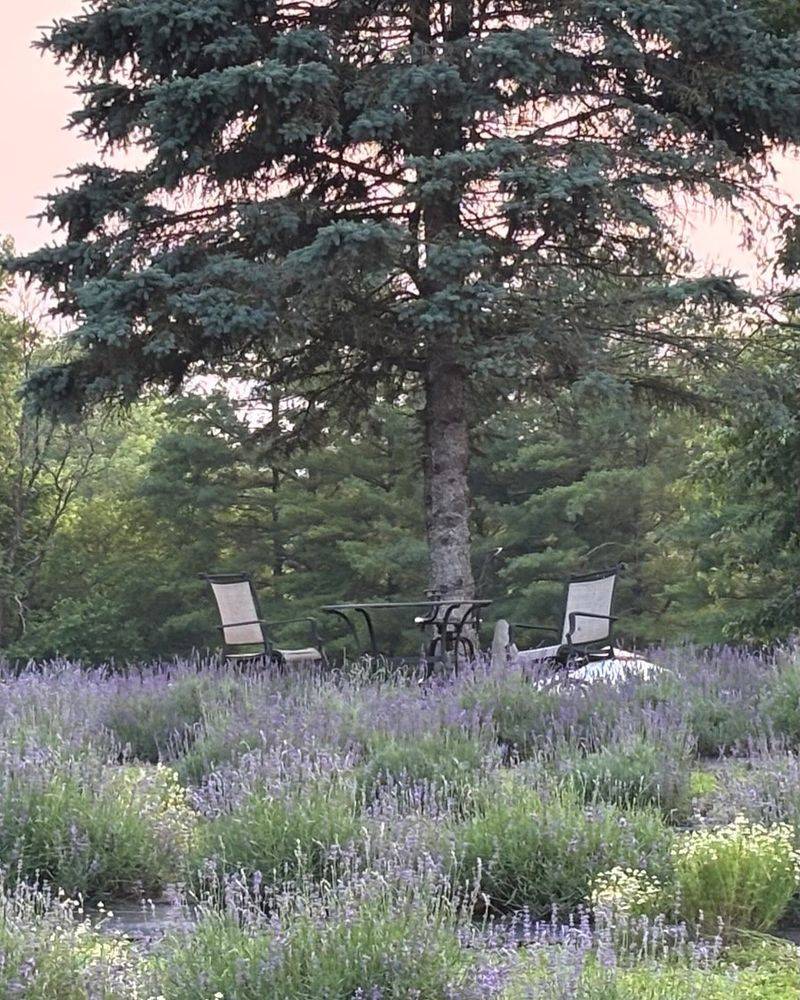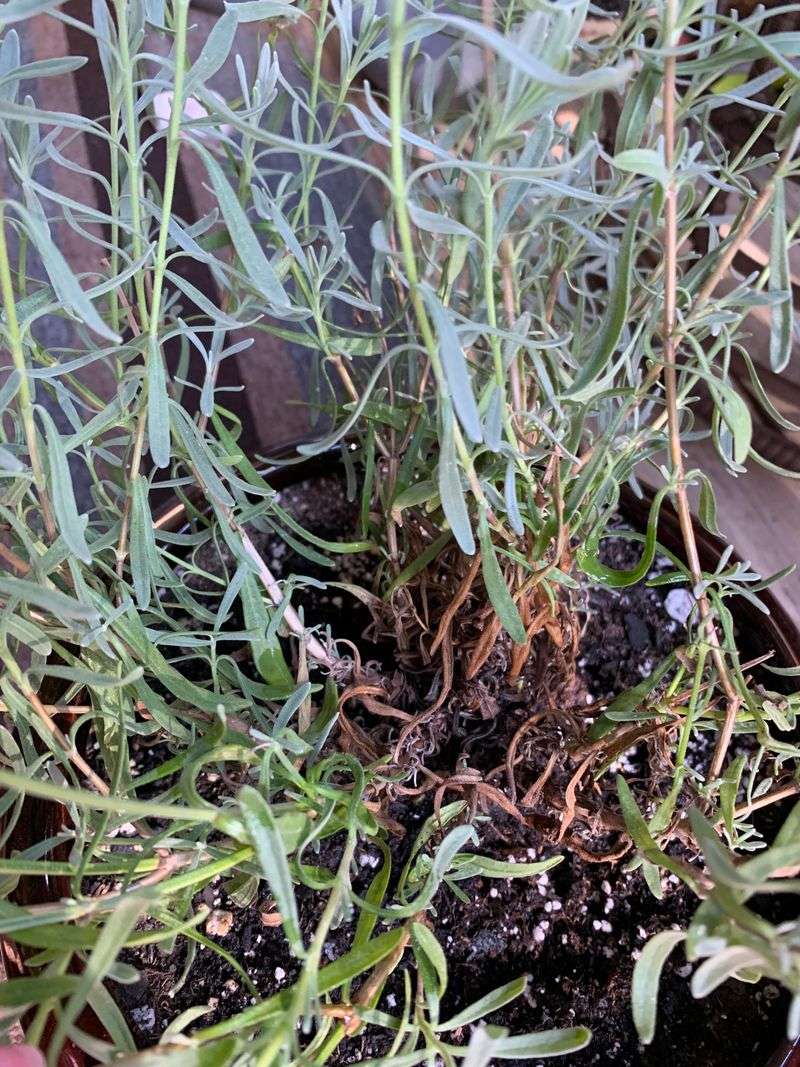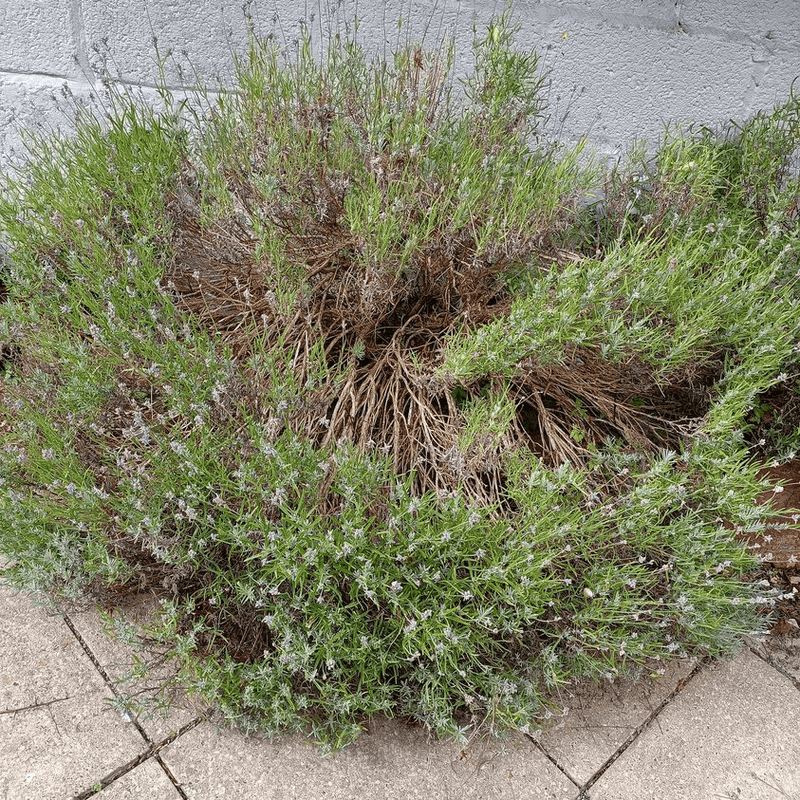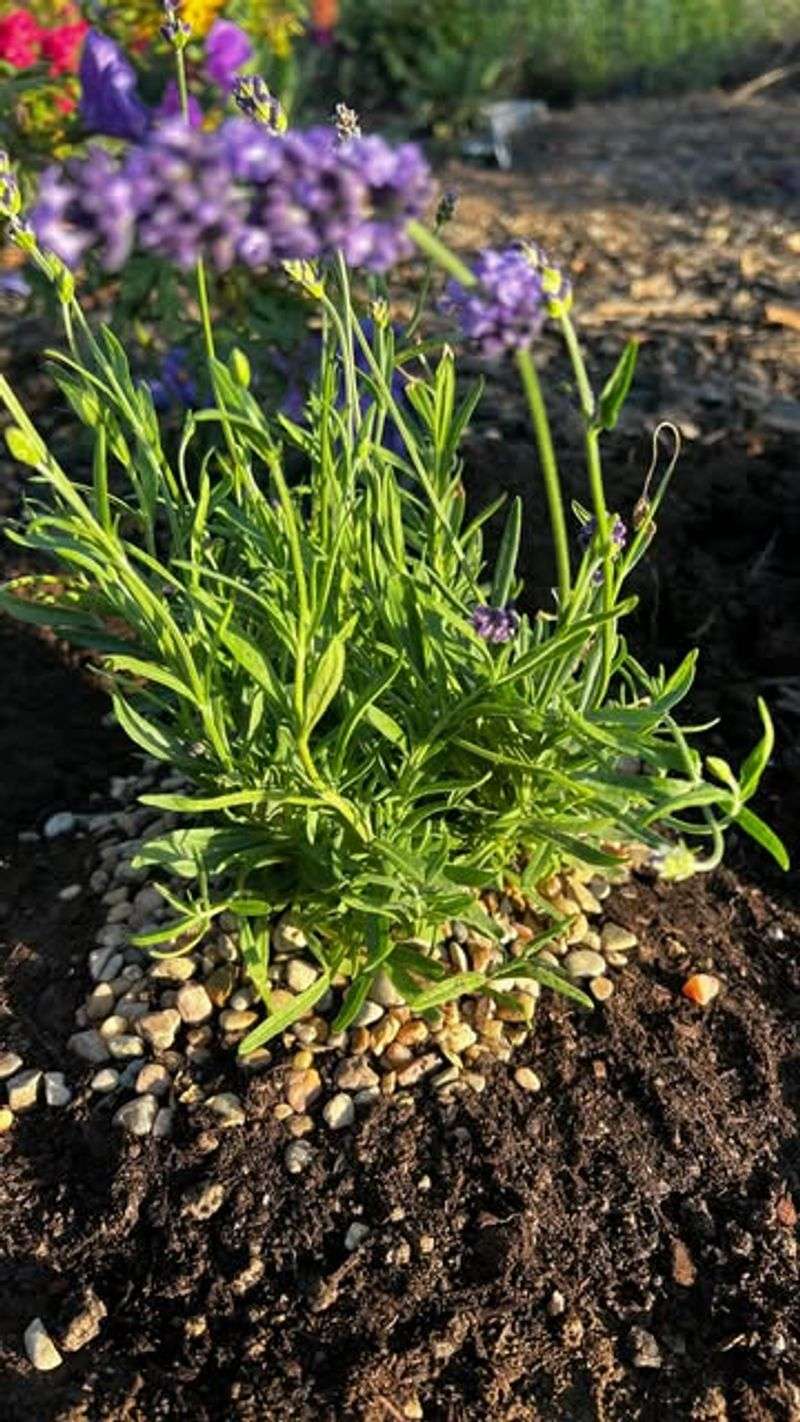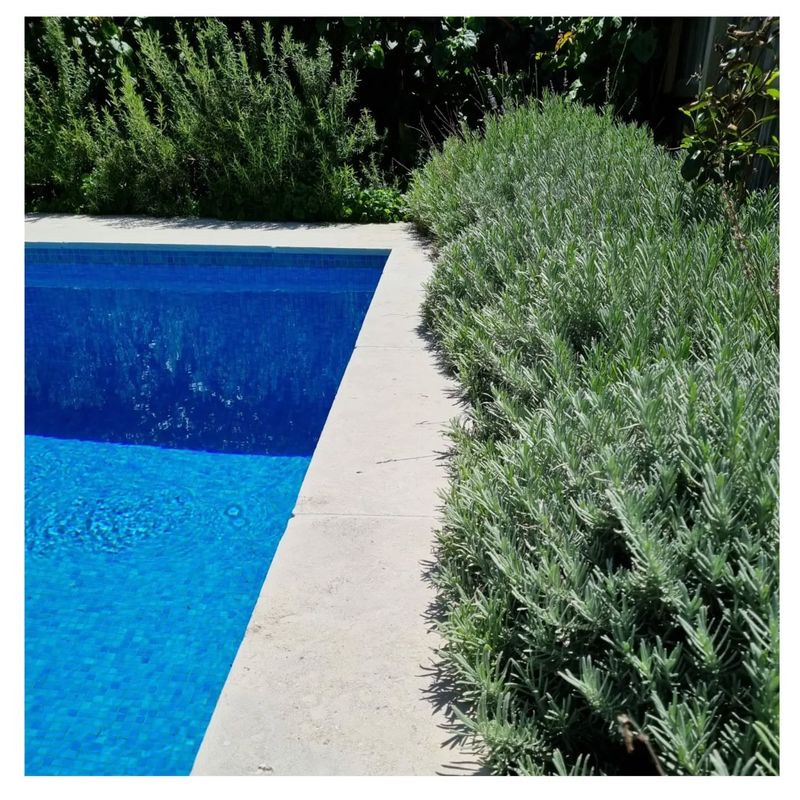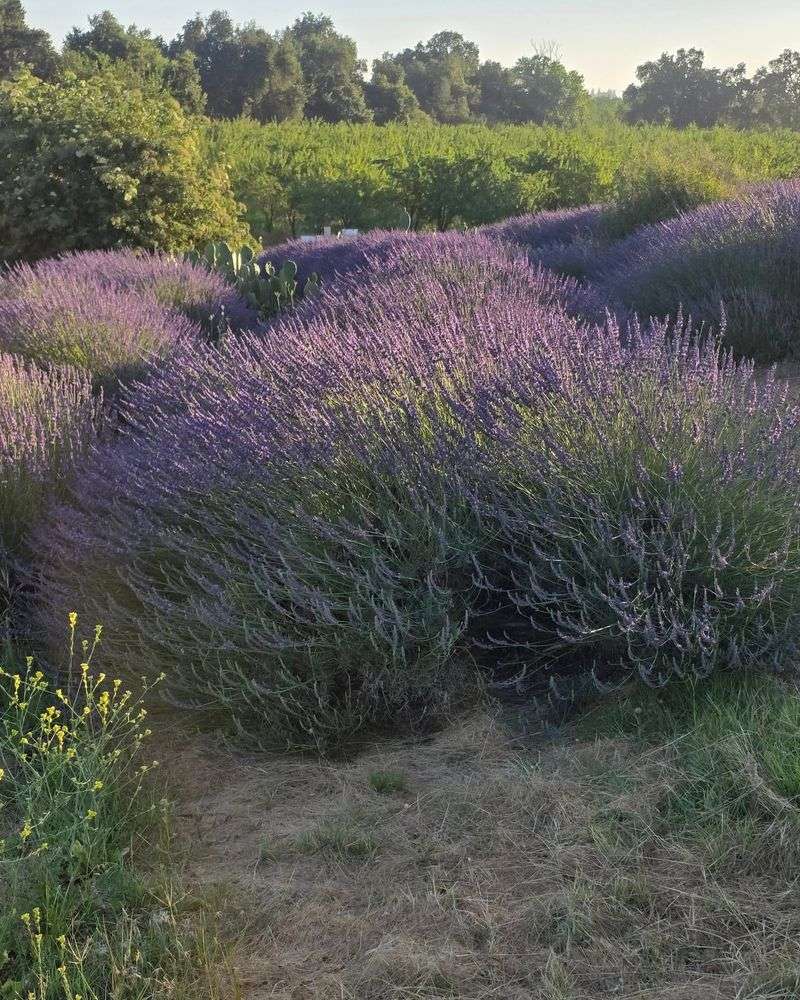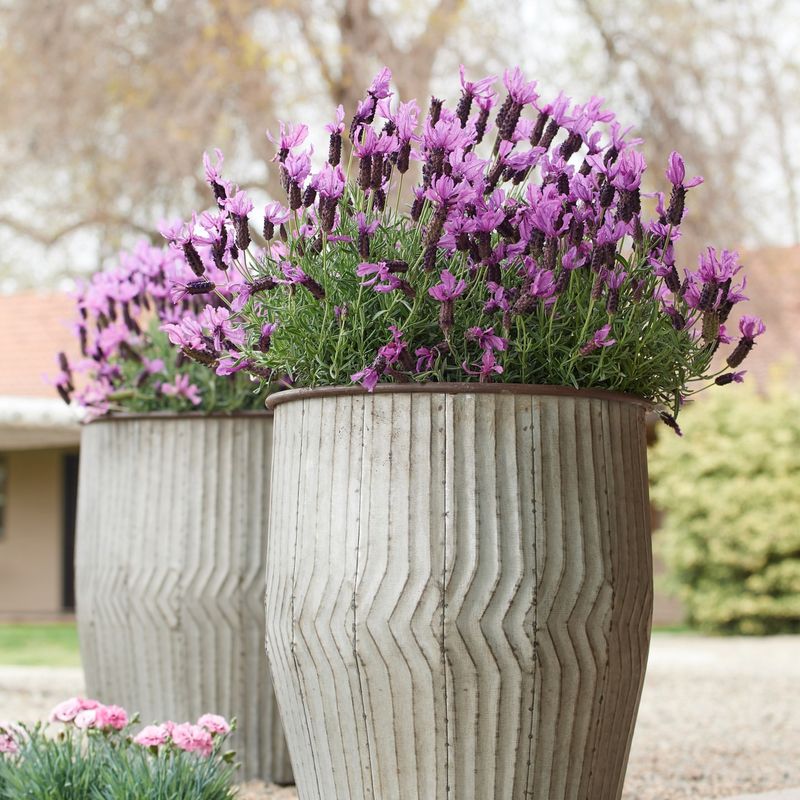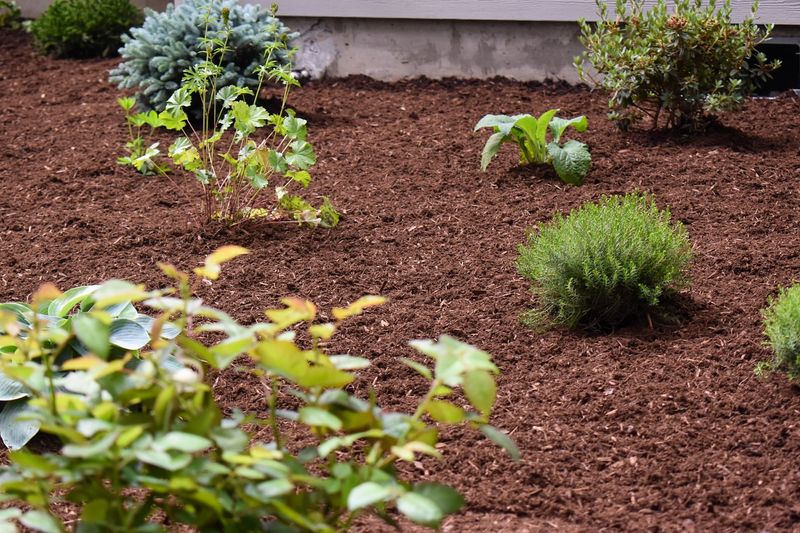Lavender is such a dreamy plant, but in Ohio, it can be a bit picky about where it calls home. I’ve seen lavender struggle in spots that just don’t suit its sunny, well-drained needs—and it breaks my heart every time.
After a few lessons in trial and error, I’ve learned the best places to plant it so it truly thrives instead of just surviving. If you want those fragrant purple blooms without the frustration, knowing where not to plant is just as important as where you do.
Let’s get your Ohio garden smelling amazing and looking gorgeous with lavender in all the right spots!
1. Shady Areas
Lavender craves sunshine like kids crave ice cream on hot summer days. In Ohio’s already limited sun season, placing these Mediterranean natives in shade spells certain doom for your fragrant friends.
Ohio winters are tough enough on lavender without adding lack of sunlight to the mix. Instead, choose a spot that gets at least 6-8 hours of direct sun daily, preferably on a south-facing slope where drainage is excellent.
2. Clay Soil
Ohio’s notorious clay soil is lavender’s worst nightmare. The heavy, compacted nature of clay traps moisture around roots, leading to rot and fungal diseases that quickly kill these drought-loving plants.
Many Ohio gardeners make this mistake and wonder why their lavender fails to thrive. For success, create raised beds with sandy, rocky soil or amend your planting area with plenty of grit, sand, and limestone to improve drainage.
3. Low-Lying Areas
Those dips and valleys in your Ohio yard might seem sheltered and cozy, but they’re death traps for lavender. Cold air settles in these spots, creating frost pockets that damage plants and trap excess moisture after our frequent Midwest rains.
In the Buckeye State’s unpredictable weather, lavender needs elevation to survive. Plant on slight mounds or slopes where water moves away quickly and cold air doesn’t linger during our harsh winter nights.
4. Near Downspouts
Those areas where rain cascades off your roof become mini-waterfalls during Ohio’s frequent summer thunderstorms. Lavender planted near downspouts gets a drowning it simply can’t survive, especially in our already humid climate.
Many Ohio homes direct water toward foundation plantings, creating soggy conditions. Instead, place your lavender far from these water collection points, preferably in the driest part of your yard where it can enjoy the occasional drought.
5. Lawn Edges
The border between your lawn and garden beds might seem convenient, but it’s a battlefield for lavender. Grass roots aggressively compete for nutrients, while lawn sprinklers create excess moisture that lavender hates in our already humid Ohio summers.
Many Buckeye gardeners don’t realize how invasive lawn grasses can be. Create dedicated beds for lavender with clear boundaries, using edging that extends several inches below soil level to prevent grass invasion and keep irrigation separate.
6. Vegetable Gardens
Your productive veggie patch is the wrong home for lavender in Ohio. Most vegetables demand rich, heavily amended soil and frequent watering—exactly what makes lavender sulk and develop root rot in our already challenging climate.
Ohio gardeners often try to maximize space by combining plants with different needs. Create a separate herb garden for your lavender in the sunniest, driest spot available, with lean soil that would make your tomatoes cry but will make your lavender thrive.
7. North-Facing Slopes
Those hillsides facing north in your Ohio landscape receive significantly less sunlight, especially during our already short winter days. Lavender planted here struggles with cold, damp conditions and never develops the strong root system needed to survive.
Many Ohio properties have varied terrain that creates microclimates. Reserve south-facing slopes for your lavender, where maximum sun exposure warms the soil earlier in spring and dries it quickly after our frequent Midwest downpours.
8. Under Trees
Ohio’s beautiful shade trees create a double whammy for lavender—not only blocking precious sunlight but also creating competition for water and nutrients through their extensive root systems. The dripping canopy after rain creates additional moisture problems.
Many Buckeye State gardeners underestimate how far tree roots extend. Plant lavender well beyond the drip line of trees, in open areas where it can receive full sun all day and develop the strong, dry root system it needs to survive our challenging winters.
9. Near Gutters
Areas where water collects from leaky or overflowing gutters create surprise flood zones that lavender cannot tolerate, especially with Ohio’s unpredictable heavy rains. These moisture pockets lead to quick root rot and plant failure.
Many Ohio homes have drainage issues around foundations. Keep lavender far from these trouble spots, and consider fixing gutter problems to protect both your home and garden. Instead, plant in areas that stay consistently dry even after our heaviest downpours.
10. Wind Tunnels
Those narrow passages between buildings or fences might seem protected, but they create wind tunnels that stress lavender plants, especially during Ohio’s blustery spring and fall seasons. The constant air movement desiccates foliage faster than roots can supply water.
In the Buckeye State’s already challenging growing conditions, lavender needs some air circulation but not constant wind. Plant in areas with a windbreak on the prevailing wind side, allowing gentle air movement that helps prevent fungal issues in our humid climate.
11. Wet Spring Areas
Those spots in your yard that stay soggy after spring thaws are lavender death zones in Ohio. Natural springs and seeps that appear during our wet seasons create conditions where Mediterranean herbs simply cannot establish healthy root systems.
Many Ohio properties have seasonal wet areas that aren’t obvious during dry periods. Watch your yard through a full year before planting lavender, noting where water lingers after rain. Choose only the driest spots, or build raised beds at least 12 inches high.
12. Near Pools
The area surrounding your backyard pool might seem sunny and perfect, but chlorine splash and high humidity create hostile conditions for lavender in Ohio’s already challenging climate. Salt water pools are equally problematic with their spray.
Many Buckeye State gardeners want poolside herbs for their fragrance. Instead of lavender, choose more chlorine-tolerant herbs for pool areas, and place your lavender garden in a separate sunny location away from chemical exposure and excess moisture.
13. Woodland Edges
The transition zone between your yard and wooded areas might seem protected, but Ohio’s native woodland plants and trees create fierce competition. Additionally, these edges often harbor more slugs and other pests that thrive in our humid climate.
Many Ohio properties include woodland borders that seem tempting for gardens. Reserve these areas for native plants that appreciate the conditions, and place your lavender in open, sunny spots away from tree roots and woodland critters that will damage these Mediterranean herbs.
14. Container Gardens
Those pretty ceramic pots might seem perfect for lavender, but Ohio’s extreme temperature swings make container growing especially challenging. Roots freeze more quickly in pots during our harsh winters, and summer heat bakes them from all sides.
If you’re determined to grow lavender in containers in the Buckeye State, choose large pots (at least 18 inches deep), use extremely well-draining soil mix, and develop a plan to protect plants during winter—either by moving to a protected location or insulating the pots.
15. Acidic Soil Areas
Those spots in your Ohio yard where azaleas and blueberries thrive are exactly where lavender will fail. Our state’s soil often leans acidic naturally, but lavender demands alkaline conditions with a pH above 6.5 to truly flourish.
Many Buckeye gardeners don’t realize lavender’s limestone heritage. Test your soil before planting, and if it’s acidic, amend heavily with garden lime and even crushed eggshells. Better yet, create raised beds with fresh alkaline soil mix specifically for your Mediterranean herbs.

